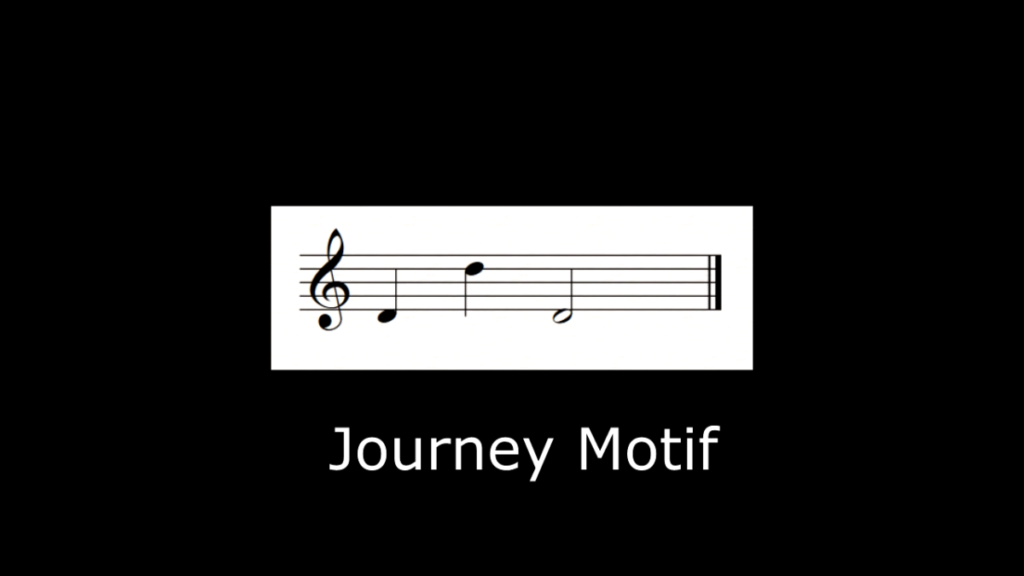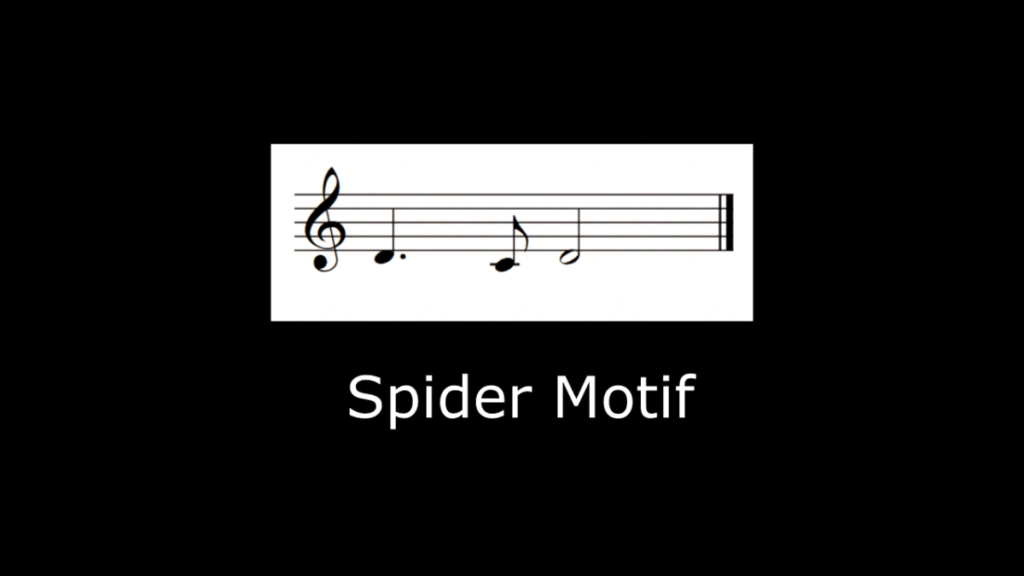Youtube channel Sideways makes video essays analyzing the sound and music in popular media, including film and TV. As a musician myself, I was very interested in seeing how music theory plays a huge role in our movie-watching experiences. Sideways explains the purpose of musical techniques, like musical motifs, themes, and styles, in movie scores and how music theory helps enhance and drive a movie’s narrative, even if we might not explicitly notice it.
The video I’ve linked above dives into the music and sound used in Spider-Man: Into the Spider-Verse (2018). Sideways makes several interesting observations and arguments about the sound used in the film. For example, we see examples of both diegetic and non-diegetic music in the film — one example of diegetic music is when Miles (and the audience) hear the music Miles is listening to as he walks to school, but once his headphones are knocked off, the music stops. Early on in the movie, the filmmakers establish that music is also important to Miles’s identity; we see Miles listening to his favorite music various times throughout the movie, and it seems as though him growing up in New York City has played a huge role in his love for hip-hop and rap music. Sideways also notes how different musical styles are used in the score when the characters from different dimensions appear on screen. When Spider-Noir is introduced, he is accompanied by classic film-noir jazz. Meanwhile, Gwen Stacy/Spider-Gwen is associated with rock music, which is fitting of her personality as she plays in a rock band.
Sideways argues that the music tells its own story to develop Miles’s character. A specific musical motif is integrated into the score when Miles encounters major obstacles or feels conflicted about his identity, and Sideways terms this motif as the “Journey Motif.” This motif is a prime example of a leitmotif, a musical idea that represents a person, place, or thing in a story. The Journey Motif plays an integral role in representing Miles’s journey as he discovers himself and his identity as a Spider-Man. Another motif that shows up again and again is one that Sideways called the “Spider Motif,” representing the Spider-hero identity that various characters share. This motif first appears in the score when Peter Parker and Miles interact for the first time and Peter Parker gives his backstory. However, even after Peter Parker’s death, the same Spider Motif reappears in each of the various Spider-people’s introductions as well, but in different musical styles as mentioned earlier. The Spider Motif also comes up whenever anything related to the Spider-Man identity shows up in the movie, like when Miles successfully shoots his first web.


Miles’s musical identity culminates in this iconic “Leap of Faith” scene from the film, where Miles finally is able to harness his Spider-powers and swing through New York City. During the scene, we hear the hip-hop music that plays a huge role in Miles’s life and represents his upbringing, combined with the Journey and Spider Motifs in the background in a more traditional, orchestral score. This mix of music represents Miles’s original identity introduced in the beginning of the film being complemented by the new Spider-identity that he is now embracing and understanding, as well as the journey he has taken to overcome challenges he has faced.
I found Sideways’s video to be very insightful, teaching me a lot about a movie’s score I had never noticed during my first watch of the movie. Even if you know nothing about music theory, the video was still very digestible, and I would highly recommend checking out the video anyway, as Sideways does a much better job explaining the motifs with clear examples from the film!